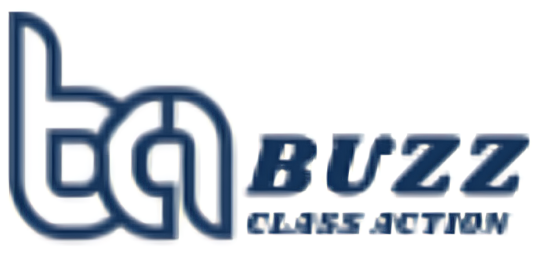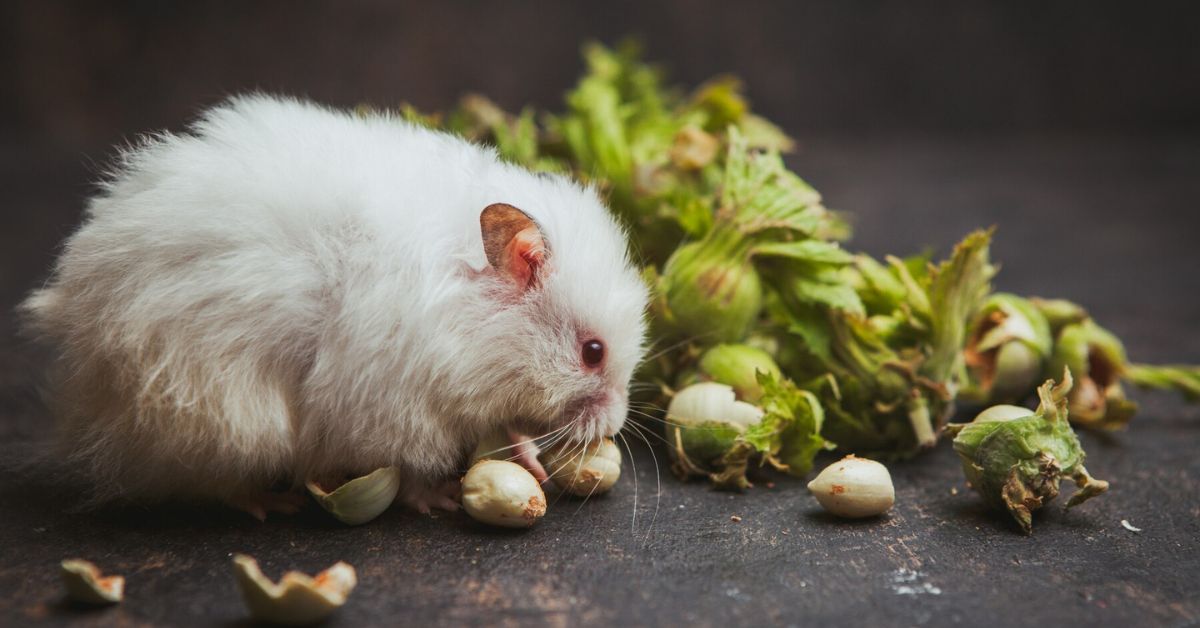In the fast-paced world of filmmaking and visual storytelling, ashley ann tahilan storyboard guide stands as one of the most crucial steps in the creative process. Whether you’re a seasoned director or a budding animator, having a solid storyboard ensures that every frame and scene is crafted with purpose. In this article, we delve into the world of storyboarding, focusing on the expertise and methodologies of the talented storyboard artist, Ashley Ann Tahilan.
What is Storyboarding?
Storyboarding is the process of creating a visual blueprint for a film, animation, or any form of visual media. It consists of a series of drawings that represent the key moments in a narrative, helping filmmakers visualize how the story will unfold.
The Importance of Storyboarding in Filmmaking
Why is storyboarding so important? For starters, it acts as a roadmap for directors, cinematographers, and editors. By pre-visualizing the flow of scenes, transitions, and camera angles, a storyboard eliminates confusion during production. It helps prevent costly mistakes and ensures that everyone on the production team is aligned with the creative vision.
YOU MIGHT ALSO LIKE: Panama Capital Y Cerrajero Y Kaba: A Comprehensive Guide
Who is Ashley Ann Tahilan?
Ashley Ann Tahilan is a renowned storyboard artist known for her exceptional ability to translate complex scripts into clear, engaging visual sequences. With a background in animation and film, Ashley has worked on various high-profile projects, showcasing her knack for capturing the essence of a story through detailed and thoughtful illustrations.
Contributions to the Storyboarding Industry
Over the years, Ashley Ann Tahilan has influenced the way storyboards are approached, blending traditional techniques with modern tools. Her work emphasizes the importance of character expression, pacing, and emotional impact in every storyboard panel, making her one of the most sought-after storyboard artists in the industry.
Why Storyboarding is Essential for Visual Storytelling
At its core, storyboarding is about visualizing a script before production starts. It helps filmmakers understand how the narrative will play out on screen. For visual storytellers like Ashley, storyboarding goes beyond mere sketches—it’s a way to explore creative possibilities, refine pacing, and ensure that the emotional beats of a story resonate with the audience.
The Elements of a Great Storyboard
Creating a great storyboard involves attention to several key elements:
- Composition and Framing: How scenes are framed influences the viewer’s emotional response.
- Character and Scene Continuity: Ensuring smooth transitions between scenes and maintaining character consistency is crucial.
- Camera Angles and Movement: A well-thought-out storyboard guides how the camera will move, creating dynamic scenes.
Ashley Ann Tahilan’s Approach to Storyboarding
What sets Ashley apart is her focus on emotion and scene dynamics. Each frame in her storyboards is designed to evoke a specific feeling or mood, ensuring that viewers are drawn into the narrative. Her ability to translate abstract concepts into visually engaging panels is one of her trademarks.
Breaking Down the Storyboarding Process
Ashley Ann Tahilan follows a structured process when creating storyboards:
- Script Reading and Understanding the Vision: Before anything else, she thoroughly reads the script, ensuring she understands the vision of the director and writer.
- Creating the First Draft: This involves rough sketches of key scenes, exploring different angles and compositions.
- Refining the Storyboard for Production: After receiving feedback, she refines the storyboard to ensure it’s production-ready.
Tools and Software Used in Storyboarding
In today’s digital age, storyboard artists often use advanced software to create and refine their work. While traditional pen-and-paper methods are still valued, programs like Toon Boom Storyboard Pro and Adobe Photoshop have become industry standards. Ashley often switches between both traditional and digital techniques, depending on the project’s needs.
Common Mistakes in Storyboarding and How to Avoid Them
Many aspiring storyboard artists fall into common traps:
- Overcomplicating Shots: Simplicity is often more effective. Avoid cramming too much action into a single frame.
- Ignoring Transitions: Smooth transitions between scenes are critical to maintaining flow and continuity.
Ashley Ann Tahilan’s Tips for Aspiring Storyboard Artists
Ashley believes that to excel in storyboarding, one must:
- Study Film and Animation: Understanding how scenes come together in film helps artists anticipate what needs to be visualized.
- Practice Regularly and Build a Portfolio: Like any skill, practice makes perfect. A strong portfolio is essential for showcasing your skills to potential employers.
Case Studies of Ashley Ann Tahilan’s Storyboards
Throughout her career, Ashley has worked on numerous high-profile projects, each offering valuable lessons in storytelling and visual communication. These real-life experiences have shaped her approach to crafting storyboards that not only look great but also serve the narrative.
How to Collaborate Effectively with Directors and Producers
One of the most important aspects of being a storyboard artist is collaboration. Clear communication with directors and producers ensures that the storyboard aligns with their vision. Ashley emphasizes the importance of being receptive to feedback and making revisions without compromising the overall flow of the story.
Importance of Flexibility and Adaptability in Storyboarding
The filmmaking process is often unpredictable, and changes to the script or direction are common. A good storyboard artist must be flexible and able to adapt to these changes while keeping the story cohesive. Ashley’s adaptability is one of the reasons for her continued success in the industry.
The Future of Storyboarding in Digital Media
With advancements in technology, the future of storyboarding is evolving. Virtual reality (VR) and artificial intelligence (AI) are starting to play roles in how visual narratives are developed. Ashley is excited about how these tools can expand the possibilities of storytelling, offering new ways to visualize and plan scenes.
How to Get Start as a Storyboard Artist
For those interested in pursuing storyboarding as a career, building skills and networking are crucial. Take time to study films, practice drawing regularly, and connect with industry professionals. Ashley advises young artists to start small but stay persistent.
Conclusion
Ashley Ann Tahilan’s approach to ashley ann tahilan storyboard guide is a masterclass in visual storytelling. By focusing on the emotional and dynamic aspects of a scene, she ensures that every storyboard she creates serves the story. Whether you’re an aspiring storyboard artist or a seasoned filmmaker, her insights provide valuable guidance for crafting visual narratives with precision.
FAQs
1. What is the role of a ashley ann tahilan storyboard guide in filmmaking?
A storyboard helps visualize how a film or animation will look, providing a roadmap for the production team to follow.
2. How does Ashley Ann Tahilan approach storytelling?
Ashley focuses on emotion and scene dynamics, ensuring that each frame enhances the story’s impact on the audience.
3. What tools do professional storyboard artists use?
Many professionals, including Ashley, use a mix of traditional methods and digital software like Toon Boom Storyboard Pro and Adobe Photoshop.
4. How can I become a successful storyboard artist?
Start by studying film, practicing regularly, and building a strong portfolio to showcase your skills.
5. What are the biggest challenges in storyboarding?
Common challenges include maintaining continuity, handling feedback, and adapting to changes in the script or direction.
READ MORE: CLICK HERE





